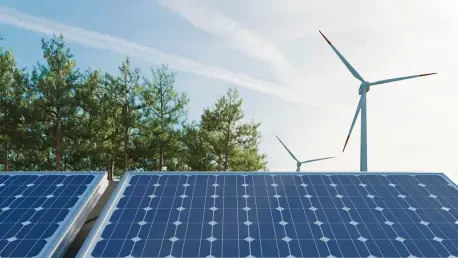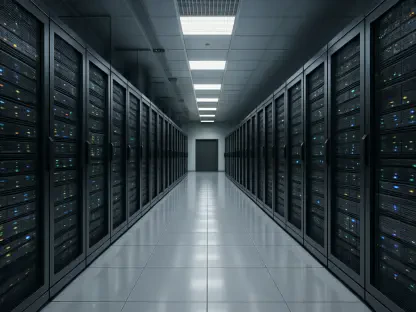The energy landscape in Texas is experiencing a fascinating transformation, underscored by a pivotal development where proposed bills aimed at regulating renewables failed to advance in the Texas state House. This scenario not only shapes the state’s energy profile but also reflects larger national energy debates. By analyzing these trends and projecting future outcomes, stakeholders can gain insights into market dynamics and policy expectations.
Understanding the Context of Texas’ Energy Evolution
Texas has traditionally been an energy giant, with its robust oil and gas sectors forging its identity as a powerhouse in the industry. However, the past decades have seen a significant shift with Texas embracing renewables, becoming a leader in wind energy and making strides in solar power. This dual identity places Texas at the crux of national energy discussions, making its legislative movements critical indicators of broader energy policy trends.
In-Depth Analysis of Legislative Developments
The Intersection of Regulation and Renewable Expansion
Recent legislative attempts to impose restrictions on renewable energy projects by requiring backup gas generation and stipulating location constraints underscore a tension within the market. Proponents argue these measures are critical for grid reliability, yet the opposition voices concerns about stifling renewable growth. This regulatory push and pull highlights anxieties about maintaining energy security in the face of rapid clean energy integration.
Public Opinion and Political Landscape
The failure of these bills in the House, despite their passage in the Senate, illustrates a notable disconnect between legislative actions and public sentiment. Polling data indicates that a significant sector of the Texas populace, including Republicans, supports the growth of renewable energy. This divergence points toward a complex political landscape where public demand for sustainable solutions may eventually drive policy changes.
Regional Disparities and Innovation Impact
The regional differences in embracing renewable technologies within Texas present a mosaic of interests; some areas thrive on the economic gains from renewables, while others rely heavily on traditional energy sectors. This disparity requires nuanced policies that address local needs while promoting technological innovation. Misconceptions about renewable reliability persist, complicating legislative consensus.
Projections for Texas’ Renewable Energy Market
Looking forward, technological advancements and policy changes could position Texas more favorably in adopting clean energy technologies. Innovations like battery storage and smart grid infrastructure are likely to gain traction, altering the traditional regulatory framework. Investment in technology could propel Texas to the forefront of national renewable energy transition, with policies increasingly reflecting this dynamic shift.
Strategic Pathways for Energy Stakeholders
To harness the potential of these market developments, stakeholders should focus on collaboration between renewable and conventional energy sectors to foster balanced regulatory frameworks. Incorporating best practices in community engagement and project planning can mitigate opposition, tapping into public endorsement to catalyze policy evolution. Businesses could benefit from proactive investment in flexible technologies that adapt to shifting regulatory landscapes.
Navigating the Future of Texas’ Energy Terrain
The recent legislative defeat marks a significant point in Texas’ energy narrative, reflecting a broader move toward sustainable energy solutions. As stakeholders contemplate the future, adopting strategic approaches and fostering engagement will be essential. The outcomes of these efforts will not only affect Texas but also shape national energy policy trajectories, emphasizing the need for thoughtful adaptation in a rapidly transforming energy environment.









